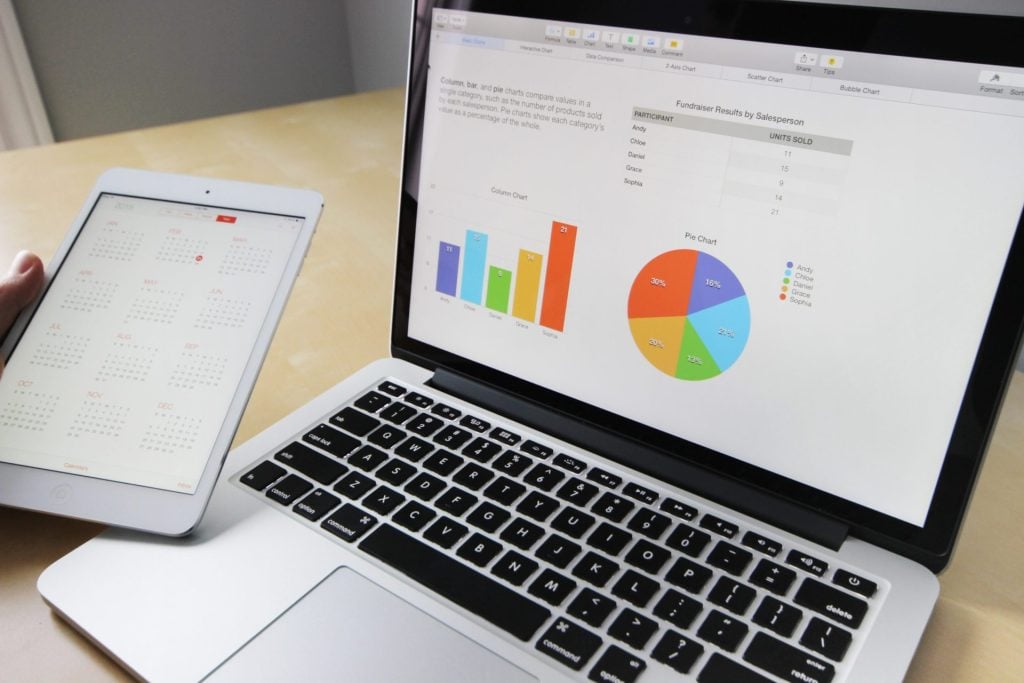BLOGS
PSA National Demographic and Health Survey 2022
Through comprehensive surveys, the Philippine Statistics Authority (PSA) gathers statistical data such as the National Demographic and Health Survey that helps Filipinos make more informed decisions, influence policies on key issues such as health and education, and lead to the provision of better services by government and other concerned groups.
As the Philippines continues to modernize and expand its economy, health data’s importance is becoming more apparent. In the country, gathering data is critical to help improve people’s health and well-being.
The Philippine government has prioritized doing more research on national health concerns to better understand how people and their families feel about their health and what they need to be healthy. The country’s population is estimated to be around 109 million in the May 2020 survey, an increase of 7.9% compared to the August 2015 survey. Most of the population, comprising 26,393,906 households with an average household size of 4.1, live in poverty.
Because Filipinos have been known for their resilience and ability to bounce back from hardship and adversity, it’s essential to learn how to use this knowledge to improve our country’s health to ensure that future generations can enjoy better lives than previous ones.
National Demographic and Health Survey: Background and Overview
The National Demographic and Health Survey (NDHS) is a component of the Demographic and Health Surveys (DHS) program. The DHS Program, established in 1984 as a successor to the World Fertility Survey (WFS), has conducted 400 surveys in 90 countries.
The NDHS provides up-to-date estimates of fundamental demographic and health indicators. The survey was first conducted in 1968, with subsequent surveys being undertaken every five years since then. Another purpose of the NDHS is to provide national statistical information on population and health characteristics. The survey collects data on fertility, child mortality, maternal mortality, child nutrition, family planning use, etc.

The NDHS program also aims to improve data quality through regular consultation with key informants from various sectors such as government agencies, non-government organizations (NGOs), academia, private sector establishments, and other stakeholders involved in survey implementation at different stages of its process, such as sampling design phase up until dissemination stage of results.
The results of this survey are significant because it helps us understand how we’re doing as a nation and where we need to focus our efforts.
The survey also helps us determine what policies might successfully increase access to healthcare. For example, if the survey reveals that many Filipinos are not receiving adequate healthcare, we can see what policies have been implemented in other countries with similar problems, such as Malaysia or Indonesia.
The 2022 Philippine NDHS Survey
The 2022 Philippine National Demographic and Health Survey (NDHS) was released by the Philippine Statistics Authority (PSA) in November 2021. The United States Agency funded the survey for International Development (USAID), the seventh Demographic and Health Survey (DHS) to be conducted in the Philippines.
The survey covers 35,000 households, including 28,000 women aged 15-49 who were interviewed. The women interviewed included those who stayed the night before the interview.
To improve the health and welfare of Filipino women, the National Demographic and Health Survey was conducted from May 2 to June 22, 2022. Approximately 110 field teams were organized for this survey, with each team composed of three to four female members with one team leader.
The Philippines’ 2022 NDHS collected information on population, fertility, family planning, marriage, child health, child survival, sexually transmitted infections (such as HIV and AIDS), reproductive health, nutrition, gender issues, and domestic violence. The World Bank’s data on Good Health and Well-Being in 2021 indicates that the incidence of HIV for ages 15-49 (per 1000 uninfected population) is at 0.4.
The sample selection methodology for the 2022 National Demographic and Health Survey is based on a two-stage stratified sample design using the Master Sample Frame. The first stage involves selecting 1,247 primary sampling units distributed by province or HUC (i.e., barangay, portions of large barangays, or two adjacent small barangays). In the second stage, 22-29 sample housing units are selected from each sampled PSU using systematic random sampling.
According to PSA, the report may only be available one year after the data. If you wish to see the final report conducted by PSA in the previous years, you can check this LINK to view the whole report.

PSA Household-Based Surveys
The PSA conducts household surveys to gather information on the population’s living conditions and economic activities. The data collected from these surveys help determine social policies, monitor economic performance, and evaluate programs and projects. PSA’s household-based surveys include the following:
- Agricultural Labor Survey
- Annual Poverty Indicators Survey (APIS)
- Backyard Livestock and Poultry Survey
- Costs and Returns Survey
- Crops Production Survey
- Family Health Survey (FHS)
- Family Income and Expenditure Survey (FIES)
- Family Planning Survey (FPS)
- Farm Prices Survey
- Functional Literacy, Education, and Mass Media Survey (FLEMMS)
- Household Energy Consumption Survey (HECS)
- Household Survey on Domestic Visitors (HSDV)
- Labor Force Survey (LFS)
- Maternal and Child Health Survey (MCHS)
- National Demographic and Health Survey (NDHS)
- Palay and Corn Production Survey
- Quarterly Inland Municipal Fisheries Survey
- Survey on Children (SOC)
- Survey on Overseas Filipinos (SOF)
The surveys are usually in-person by trained interviewers who ask questions about specific topics and record responses on paper forms or electronically using tablets or mobile phones. In some cases, people may be asked to complete an online survey instead of being interviewed by an interviewer.
What is the purpose of the PSA surveys?
The Philippine Statistical Authority (PSA) is responsible for conducting all national censuses and surveys, collecting sectoral statistics, producing community-based statistical data, consolidating selected administrative recording systems, and compiling national accounts. The PSA’s surveys provide information about the population of the Philippines, including age, gender, ethnicity, education level, occupation, income level, and more.
Governments, businesses, and organizations use the survey results to make decisions about public policy. They also provide helpful information for individuals who want to understand their economic situation or decide which school district to live in based on its demographics (e.g., income levels).

Final Thoughts
In conclusion, it is important to continue conducting health surveys to combat the worsening health issues in our country. The National Demographic and Health Survey is important for tackling our country’s health issues. The survey provides data that helps us understand where we are, what we’re doing right, and where we need to improve. It also helps us know how to target vulnerable populations so that we can provide them with the services they need to stay healthy.
The survey has shown that while there have been some improvements in specific health indicators, many people still need access to basic healthcare services. The need to continue doing studies like this one is critical, as they allow us to devise effective strategies for improving these situations.
We Want to Keep You Informed
Brittany Corporation is committed to providing you with your area’s latest survey and news. We want you to be well-informed so that you can make decisions that are most appropriate for your circumstances. We aim to give you a glimpse of what makes Brittany Living exceptional—luxury and convenience.
Suppose you’re looking for a luxury condominium for sale, a house and lot for sale, or anything in between—you need to know about Brittany Homes. We have all the best properties in the Philippines, and we work with sellers to ensure that their property is presented in the best possible way.
We have access to luxury condos for sale from the Summer Capital of the Philippines to the Orchid Capital of the Philippines. You can browse our listings from the comfort of your own home or office and even set up notifications when new listings have been added that match your criteria, so no stone goes unturned!
Suggested Read: Republic Act No. 11928: Everything You Need To Know
Suggested Read: Top 8 Cities To Live In If You Want Ultimate Privacy
Suggested Read: Healing Properties Of Virgin Coconut Oil
Suggested Read: How To Get And Track National ID
Suggested Read: Residential Global Buyer 2022















